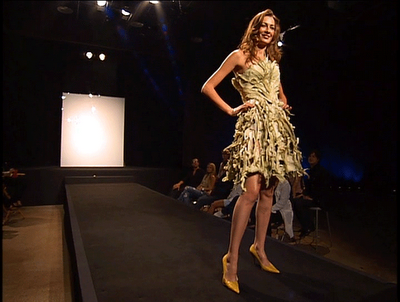
"We Bang Steinways" is an online Facebook group that I have been a part of for several years. I first wrote about the group here and concluded that it was a community. Not only can people from all over the world at different talent levels speak to each other, but members can discuss about technical levels and promote their own performances and work. The "We Bang Steinways" group can offer discussion opportunities while providing a support system to members.
For example, people can post links of Youtube videos and discuss about various performances or help inspire others by what a member deems as exceptional playing. One video that has been posted to inspire pianists or provoke fury against prodigies is shown below. A 9 year old is playing a difficult etude by Chopin, in which the two weakest finger combinations must be played repeatedly in quick rhythms.
In another case, a pianist posts an event for the whole community to see. He is debuting at the prestigious Carnegie Hall.

Lastly, a "We Bang Steinways" member posts a video to prepare for her competitions. Feedback can be given back, and people can enjoy her rendition of Bach's "Fantasia."
http://www.facebook.com/video/?oid=2204722457#/video/video.php?v=934694273043&oid=2204722457
Thus, "We Bang Steinways" provides opportunities for people to discuss about the world of piano while sharing information across the globe. This information is not limited to words, and many members choose to contact each other through posters, images, and/or videos. The community is multi-modal and provides a support system to all of its members.
Works Cited
We Bang Steinways!. N/A. Facebook. 22 Nov 2009 .





